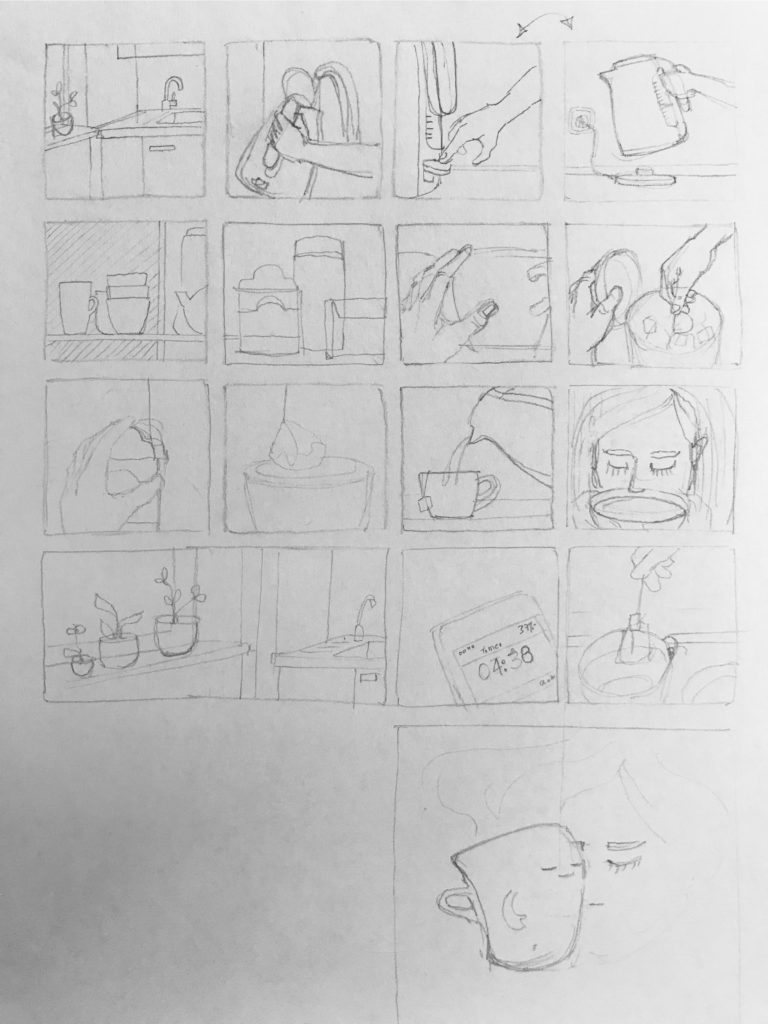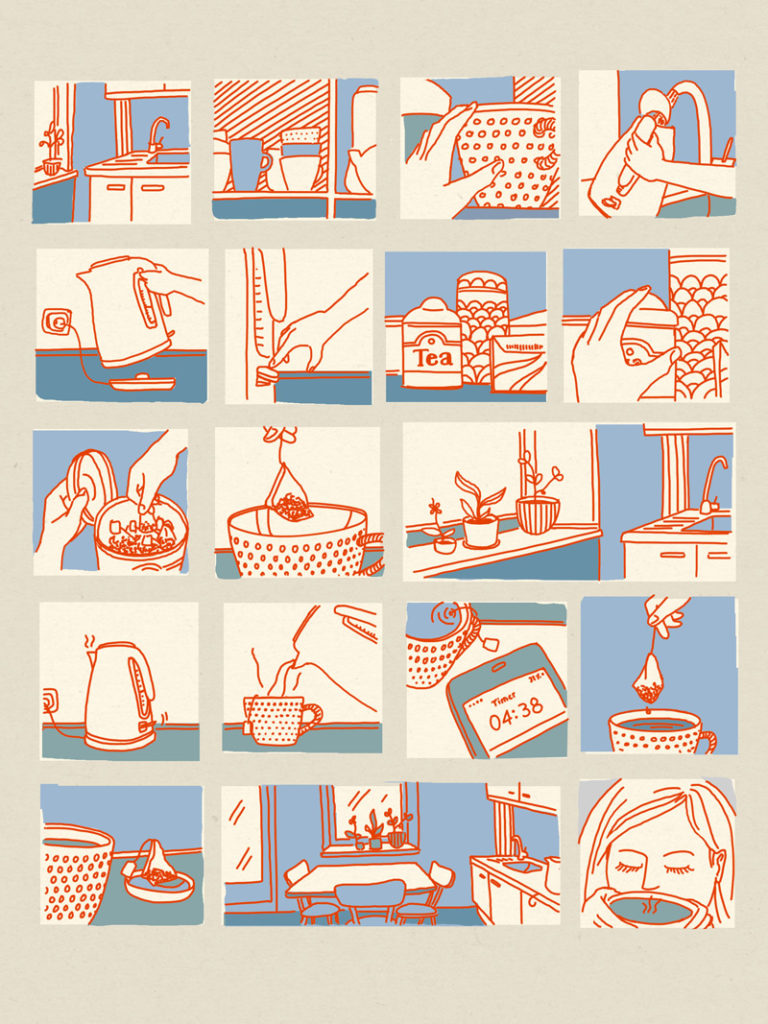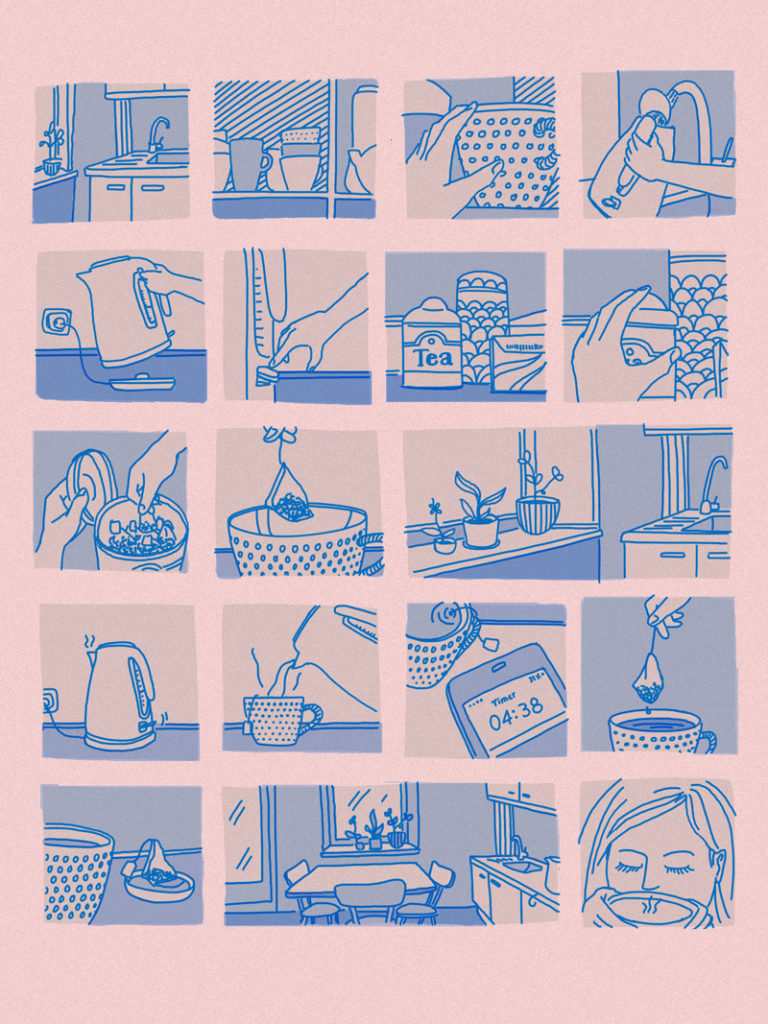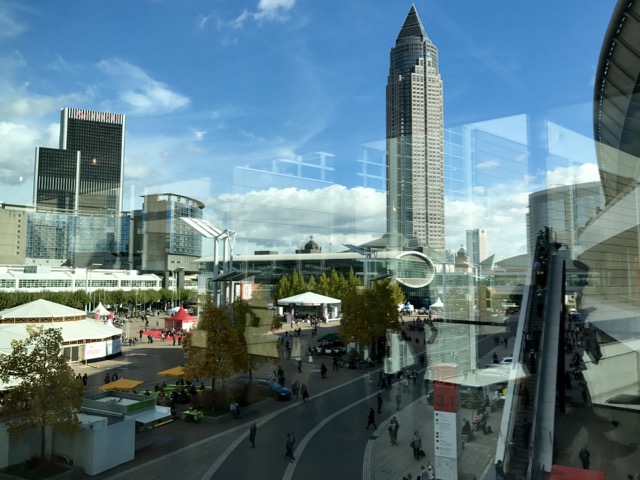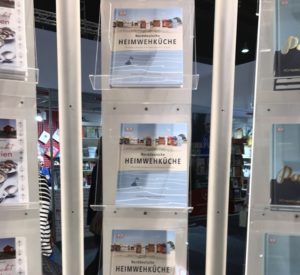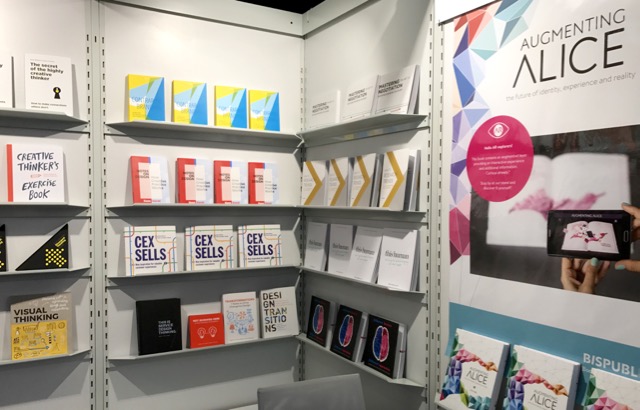
In this post I reflect on a paragraph I read the other day and that is still resonating with me. It is an excerpt from the book Illustration – 100 ways to draw a bird by Felix Scheinberger. Unfortunately it is currently only available in German, but I will do my best to translate the mentioned paragraph.
“Ruminating and hesitating does not make you a better Illustrator. Take risks when you work. The time wasted with indecision can be used to create two bold images instead of a single, timid one. (…)
Creating means making decisions and illustrating means making one decision after another – confidently until you have reached your final result.”
Felix Scheinberger (p. 34)
Yes. True. However, it does require knowledge of the desired goal, namely what message I want to communicate, something that Scheinberger states in the previous chapter. So: What is my message, who am I as an illustrator, where do I want to get with my practice and how? Questions, that I am still in the process of answering as I proceed in my studies.
Felix Scheinberg is a contemporary German illustrator, artist, designer and professor for illustration. He is the author and illustrator of Urban Watercolour Sketching as well as several books in German on illustration, and he has illustrated more than fifty children’s books in the last decade. His work has appeared in magazines including Harvard Business Manager and Psychology Today. He teaches at the University of Applied Sciences in Münster, Germany.
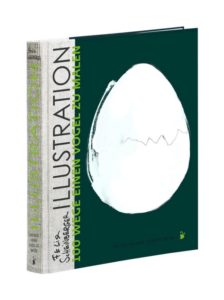
Scheinberger, F. (2013) Illustration. 100 Wege einen Vogel zu malen. Mainz: Verlag Hermann Schmidt
